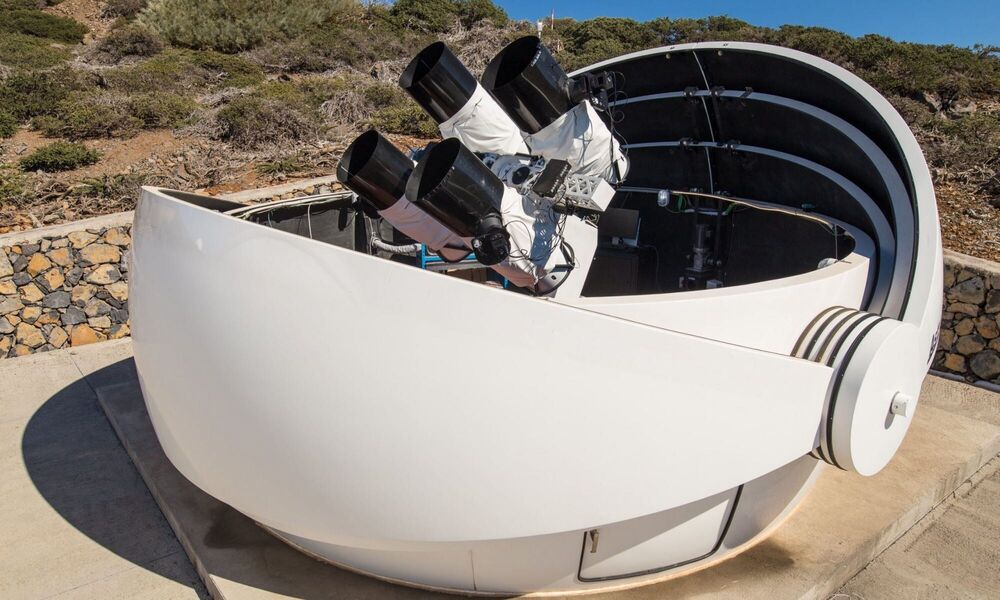As we approach the end of 2020, according to the U.S. National Cancer Institute (NCI), we have had approximately 1, 806, 590 new cases of cancer diagnosed in the United States, with 606, 520 deaths. Cancer continues to be the leading causes of death worldwide. In 2018, there were 18.1 million new cases and 9.5 million cancer-related deaths worldwide.
By 2040, the number of new cancer cases per year is expected to rise to 29.5 million and the number of cancer-related deaths to 16.4 million.
Dr. Azra Raza, MD, is the Chan Soon-Shiong Professor of Medicine, in the Department of Medicine, Division of Hematology / Oncology, and Director of the Myelodysplastic Syndrome (MDS) Center, at the Columbia University Medical Center.
Previously, Dr. Raza was the Chief of Hematology-Oncology and the Gladys Smith Martin Professor of Oncology at the University of Massachusetts.
Dr. Raza is an international authority on pre-leukemia / MDS, and acute leukemia, and is both a physician and scientist who divides her time equally between caring for patients and supervising a state-of-the-art basic research lab which is well-funded by multiple large grants. Dr. Raza started collecting blood and marrow samples on her patients in 1984 and now her Tissue Bank, the largest and oldest in the country with over 60, 000 samples, is considered a unique national treasure.
Dr. Raza has published her original clinical and basic research comprising over 300 peer-reviewed manuscripts in high profile journals like Nature, New England Journal of Medicine, Cell, Molecular Cell, Cancer Research, Blood, Leukemia.






